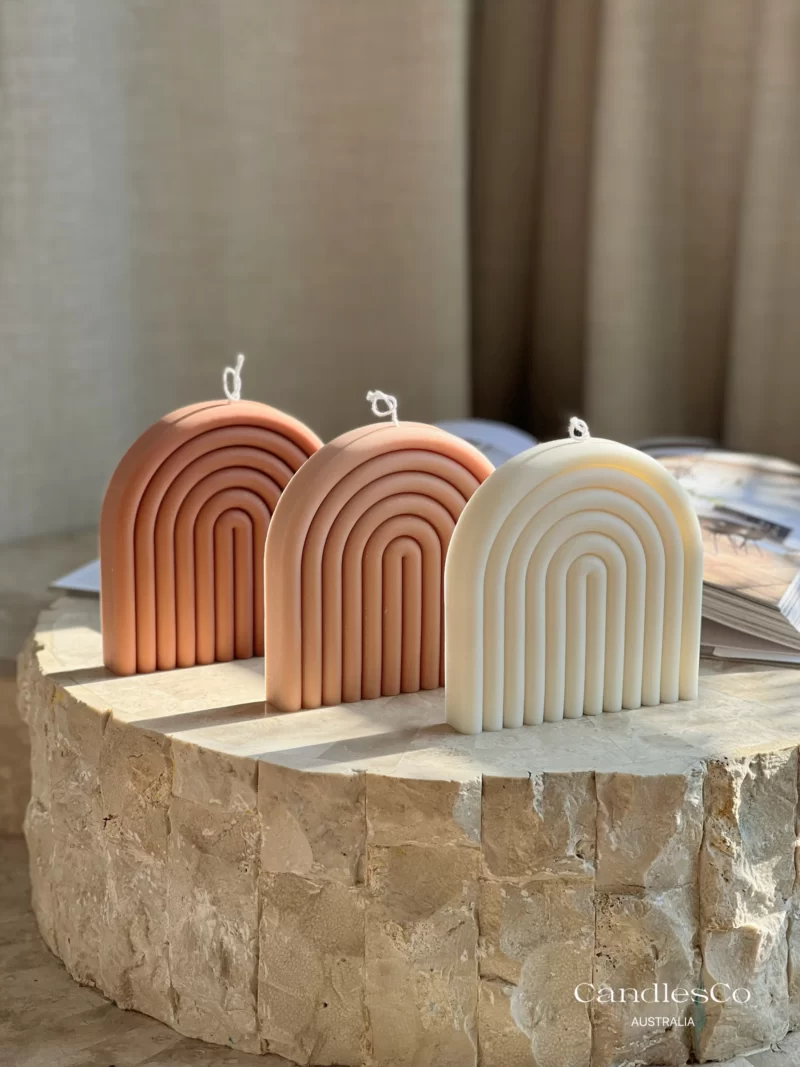Candles have been used for thousands of years, initially for lighting and warmth, but now they have become a fundamental furnishing accessory that we cherish.
The candles’ roots date back to ancient Egypt, where they were used to illuminate tombs, while the Romans began producing them around 500 BC. In China, during the Han dynasty, candles were made from beeswax and used to light Buddhist temples.
With the arrival of electric lighting, the use of candles decreased; however, nowadays, they have become a crucial part of our lives for decorative purposes, creating ambiance, and providing a cozy environment, especially when it comes to scented candles. Today, candles come in various types, ranging from the most basic to the most expensive, with different scents and aromas, from spicy to floral fragrances. Scented candles are produced using various types of wax, such as beeswax, vegetable wax, and the more eco-friendly soy wax. Soy candles are biodegradable and do not contain harmful chemicals.

Therefore, by combining essential oils and wax, unique products are created to keep rooms fresh and relaxing. However, it is the luxurious candles that captivate us the most, produced with high-quality materials and ingredients. Although more expensive than standard candles, they can also serve as design objects.

So, design and smell are upon your taste, here are some facts about candles:
1. Before lighting up the candle
To begin with, proper preparation of the candle is crucial. Before you attempt to light it, it’s essential to trim the wick to approximately a quarter of an inch in length. This ensures that the candle burns at a slower rate and prevents unattractive black smoke stains from forming around the rim of the container.
2. A Candle Should Not Produce Smoke When Burning
When a candle is burning, it should not produce smoke.
While the saying “there is no smoke without fire” may be true, if your candle is emitting smoke, it indicates that the wick is too lengthy.
Fortunately, the solution is simple: extinguish the flame, wait for the wick to cool down, and trim it as mentioned above.
3. There Is A Way To Burn Your Candles Correctly
It’s not as simple as lighting up your candle; in fact, it’s a bit more intricate than that. Were you aware that the initial burning of a candle holds the utmost significance?
When you light your candle for the first time, you must allow it to burn for an extended period of time. The entire top layer of wax must liquefy, which can take several hours, depending on the size of your candle.
Failure to do so will result in uneven burning of your candle.
4. You Should Not Blow Out A Candle To Stop It Burn
Extinguishing a candle by blowing it out results in the production of soot and smoke, which is undesirable. Additionally, there is a risk of hot liquid wax droplets scattering in the surrounding space.
A helpful tip: The optimal (and actually, the only recommended) way to extinguish a candle is by using a candle snuffer, as it removes the flame’s oxygen supply, thereby extinguishing it.
5. Scented Candles Can Significantly Affect Our Taste Buds
As our sense of taste is strongly influenced by our sense of smell, it’s important to be cautious when using scented candles during meals at the dining table. The solution – use only unscented candles for your dining table decoration.











